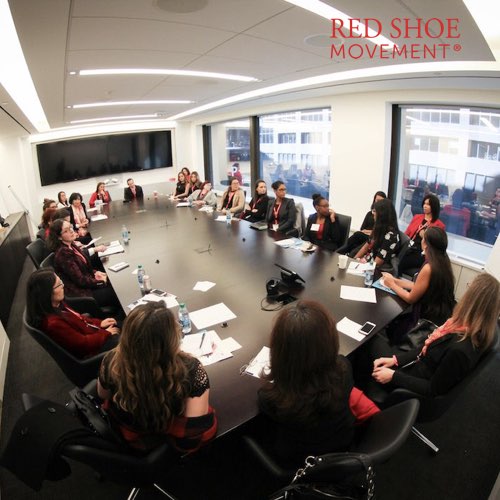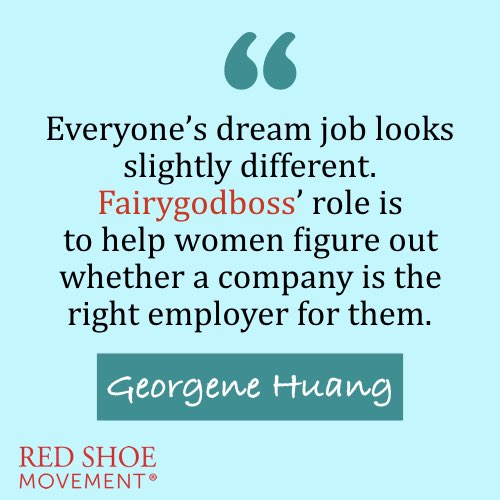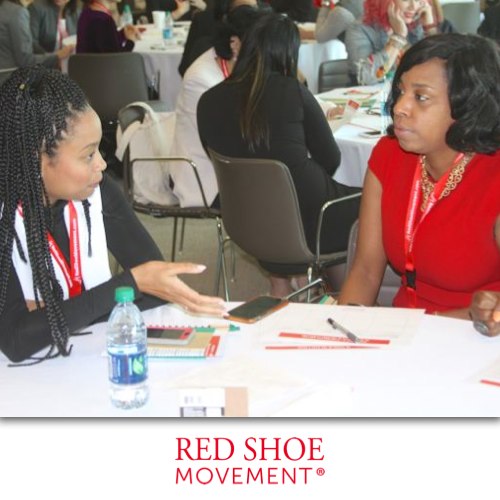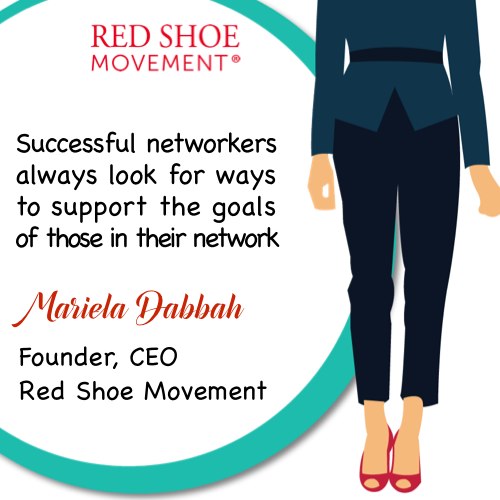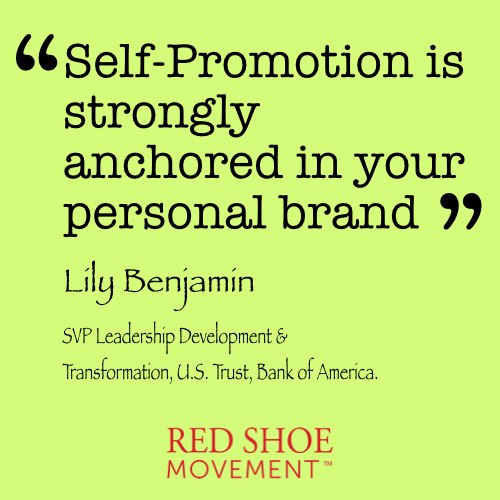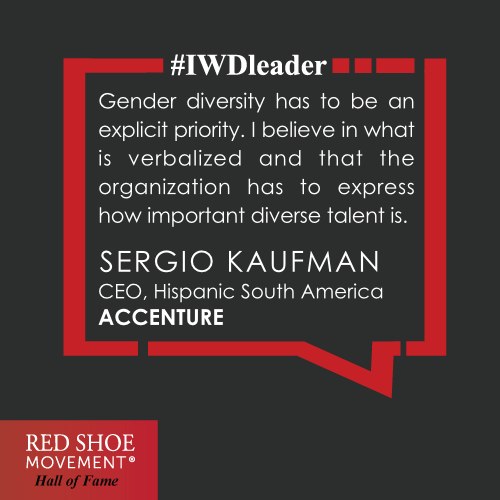
The roundabout answers my question received from the four panelists – all Human Resource and Diversity leaders at top private universities – propelled a woman in the audience to insist that the panel circle back to my question after the conversation had moved in a different direction. I was more stunned by the determination of this woman (herself a high level diversity professional at an Ivy League school) not to let her colleagues off the hook than by fact that the panelists had avoided giving me a straight answer. “We need more research to find out why these students drop out” was one panelist’s response. “I’m not the best person to talk about this,” said another one.
Judging from the panel’s reaction, it was obvious that they actually didn’t have an answer. Unfortunately, what also became apparent is part of the reason why so little has changed in the last few decades in terms of inclusion and retention of diverse students in higher education. Unknowingly, the panelists revealed that the people who are in charge of finding solutions to the problem hide behind futile efforts that produce few results.
Colleges seem to be late coming into the Diversity and Inclusion conversations that have been taking place in corporations and organizations for years. The truth is that higher education should borrow a few pages from the books of those corporations that excel at D&I. Not surprisingly, successful strategies for recruiting and retaining Hispanics in corporations also work when it comes to college students.
1. Look for talent where the talent tends to be.
2. Create a culture of coaching and mentoring.
3. Provide growth opportunities for your diverse talent to feel engaged and welcomed in your organization.
Most schools don’t think of expanding practices that could vastly impact their Hispanic recruitment such as paying for campus visits for students who can’t afford to travel out- of-town; sending recruiters to Hispanic communities; promoting colleges’ financial aid programs more widely so students understand that in many cases, when they are admitted, they get a free ride; and providing mentors to incoming freshmen who can help them adjust to life in college, choose the right courses, and find other keys to successfully navigating the first year in school.
That’s largely how you attract and keep Hispanic students in college. Why so many colleges are scratching their heads about implementing some of these steps is anyone’s guess. But one thing is certain: if they don’t start making changes soon, we will all feel the consequences of a large, uneducated workforce.
Mariela Dabbah’s new book Poder de Mujer was just released by Penguin. She’s a leadership consultant for corporations and organizations, an award winning author and renown public speaker. She’s the founder and CEO of Latinos in College, a not-for-profit organization that helps students and families find everything they need to succeed in college.
Mariela Dabbah’s latest book Poder de Mujer will be out in English April 2013 by Penguin. She’s the founder and CEO of Latinos in College, a not-for-profit organization, and of the Red Shoe Movement, an initiative that invites women to wear red shoes to work on Tuesday to signal their support for other women’s careers.
This article was orginally published on Fox News Latino.


























































































































































